KUALA LUMPUR: A stage has been set in the court rooms to test the bounds of the Land Acquisition Act 1960 just as the government is firming up plans to acquire land for the Kuala Lumpur/Klang Valley Mass Rapid Transit (MRT) infrastructure whilst planning for the project's commercial viability.
Last Friday, the Kuala Lumpur High Court granted leave to three landowners to pursue judicial review on the decision to acquire their land in Imbi for the MRT.
Earlier, on Sept 15, the court had also allowed five landowners to challenge the compulsory acquisition of their land in Bukit Bintang for the MRT project.
At the heart of the legal debate are questions as to how far compulsory land acquisition for public transport projects can be cast as "public good" projects when the plans could include the commercial development of properties to help fund the infrastructure costs.
The proposed acquisition of city centre land in the Bukit Bintang, Imbi and Jalan Sultan areas for the MRT project has sparked off fierce protests by owners who allege that the land acquisition exercise amounts to a "land grab". It is a claim which the government has since denied.
What do some of the relevant laws say about compulsory land acquisition? Firstly, Section 88 of the Land Public Transport Act 2010 states that private land can be acquired for the purposes of constructing a railway, which is deemed to satisfy the requirement of being used for a public purpose.
State-owned public transport firm Syarikat Prasarana Negara Bhd (Prasarana) goes a step further by arguing that land, which has been earmarked for an MRT station, can be used to develop real estate to help offset the costs of constructing and operating the MRT.
Prasarana has argued in favour of the "rail plus property" model which it says will help the government reduce reliance on fare box revenue in building and operating the urban public transport system.
The "rail plus property" model has been held up as a success story in countries like Hong Kong and Singapore, albeit with some differences in the respective ways the countries have implemented their models.
However, lawyers with knowledge of MRT-related land acquisition cases maintain that what constitutes "public good" in the context of the MRT project would only cover the construction of public transport infrastructure.
This includes the rail alignment and supporting infrastructure, an MRT station and ancillary retail space located within the premises of the station, the lawyers said.
Section 3E(2) of the Land Acquisition Act 1960 states that the state authority shall not approve land acquisition for any purpose larger in area than that needed for that purpose.
Lawyer and town planning expert Derek Fernandez stressed that this necessarily means that the government should only use as much land as needed for the public transport infrastructure.
"They cannot acquire land for public transport and then build commercial properties to offset the cost of the infrastructure. This is totally inappropriate", Fernandez told The Edge Financial Daily.
Fernandez opined that funding for the MRT project should instead be borne by government coffers or taxpayers' money and that the government should not rely on real estate development to help offset the cost.
The costs of the MRT project, which will likely have three lines, have yet to be finalised but the project is said to be Malaysia's single largest infrastructure investment to date.
The first alignment which was recently unveiled is the MRT line which stretches from Sungai Buloh to Kajang. The 51km-long alignment will be built overground save for a 9.5km underground portion running through the city centre.
Rajiv Rishyakaran, a representative of the civil society group on public transport, Transit, pointed out that there are alternative ways for the government to gain value from the MRT project without disadvantaging landowners.
Speaking at a recent forum, Rajiv said the government can help offset the costs of the MRT project by developing its vacant land instead of acquiring private land for redevelopment.
A case in point is the proposed development of the Rubber Research Institute of Malaysia (RRIM) land in Sungai Buloh, where the MRT alignment begins.
Alternatively, the government can collect higher development charges on private sector developments on land in the vicinity of the MRT station, Rajiv said.
This appears to be envisioned in Section 32(1) of the Town and Country Planning Act 1976, which states that the government can levy a development charge for any development of land which has seen enhanced value from a local plan or changes to a local plan.
This means that if a land parcel's value has increased as a result of being close to a public transport hub, the government can impose higher development charges.
While some land acquisition for the MRT project has been clearly unavoidable, Prasarana has so far been mindful of the need to minimise the acquisition of private property.
The point of contention is that Prasarana would acquire land for the MRT project and subsequently develop properties for sale above the MRT station to generate income.
If this comes to be, the criticism is that the compulsory land acquisition effectively deprives land owners of enjoying or participating in the potential gains from their properties.
The question of fair valuation then arises considering that many plots of land to be acquired are located in prime urban areas and Prasarana's plans for property development.
Article 13(2) of the Federal Constitution states that no law shall provide for the compulsory acquisition or use of property without adequate compensation.
As with any property transaction, valuation is a subjective matter with no straightforward formula to determine fair value.
But property owners would be left wondering whether the compensation they are set to receive will reflect the full potential of their land.
Fernandez noted that the government can acquire land for the purposes of tunnelling without acquiring the overland portion of a particular piece of land.
These provisions were inserted into the National Land Code 1965 following amendments in 1990 (see side story).
Property industry observers concede that there could be less resistance to land acquisition for the MRT project if, at the very least, the affected landowners were brought in as joint-venture partners to Prasarana or the government in developing the real estate.
"The Land Acquisition Act 1960 must be used responsibly and not to facilitate ancillary economic activities.
"Remember that Prasarana and SPAD (the Bahasa Melayu acronym for the Land Public Transport Commission) are mandated to develop public transportation assets. They are not property developers," said an observer.
TOP PICKS BY EDGEPROP

Taman Bandar Senawang
Seremban, Negeri Sembilan

Iris @ Bandar Hillpark
Bandar Puncak Alam, Selangor
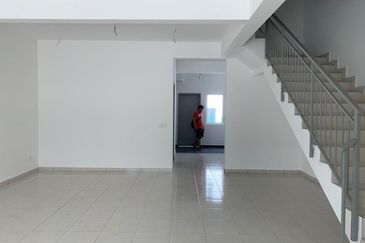
Laman Haris @ Eco Grandeur
Bandar Puncak Alam, Selangor

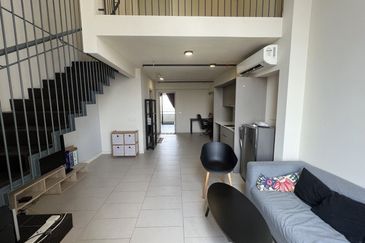

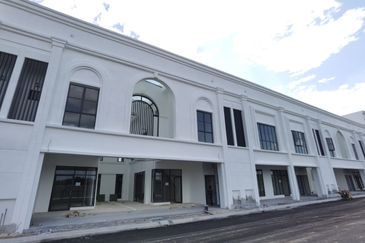


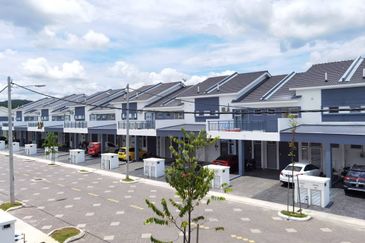
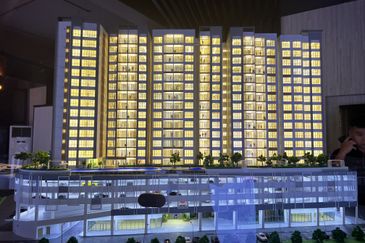
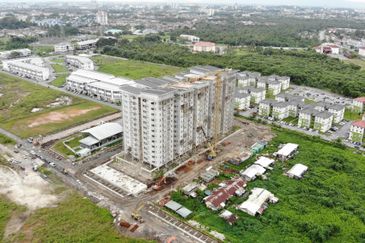

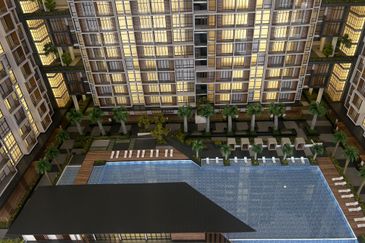




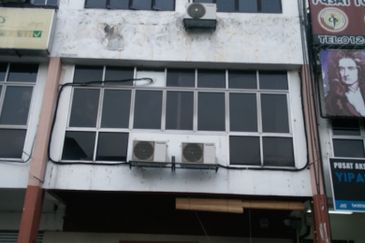

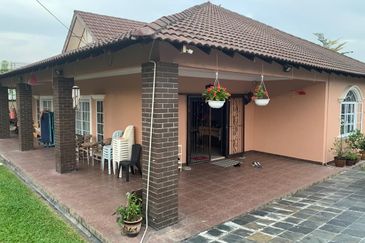
hero.jpg?GPem8xdIFjEDnmfAHjnS.4wbzvW8BrWw)



